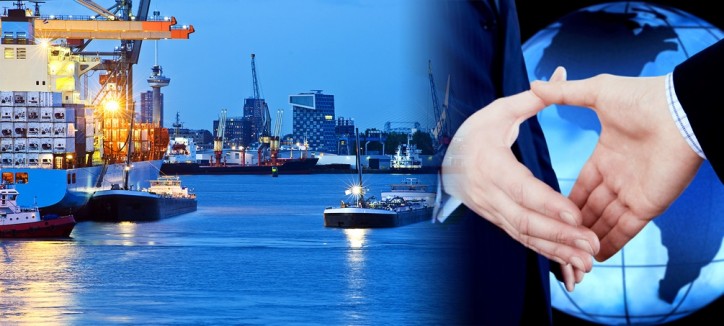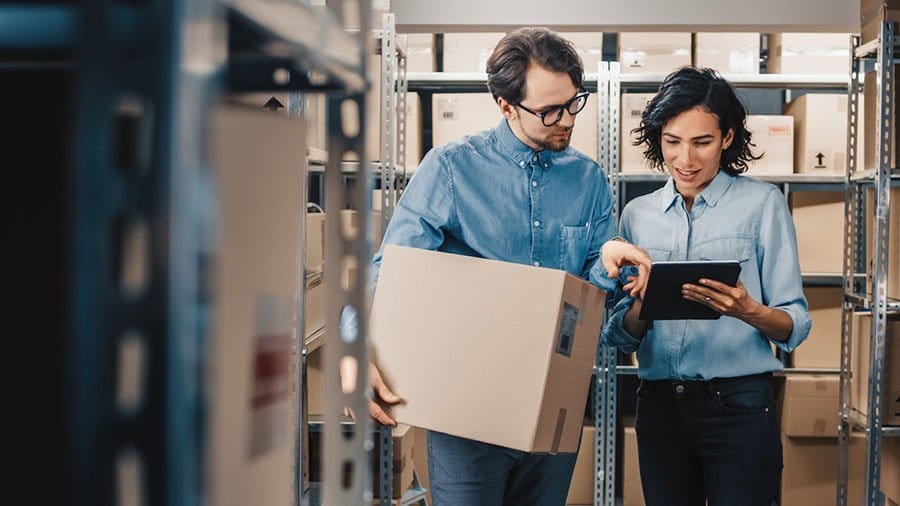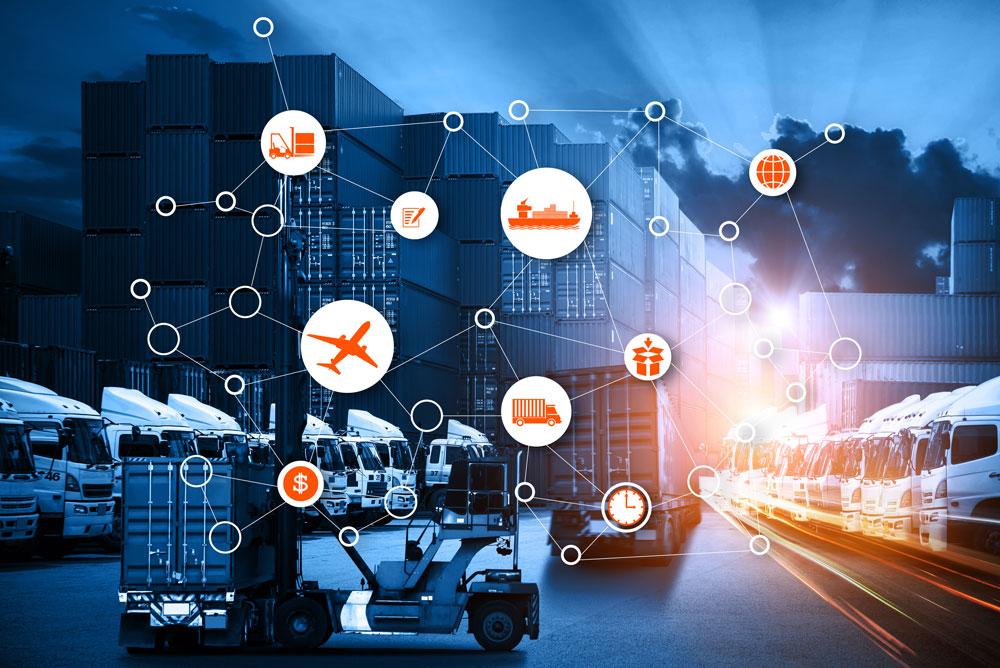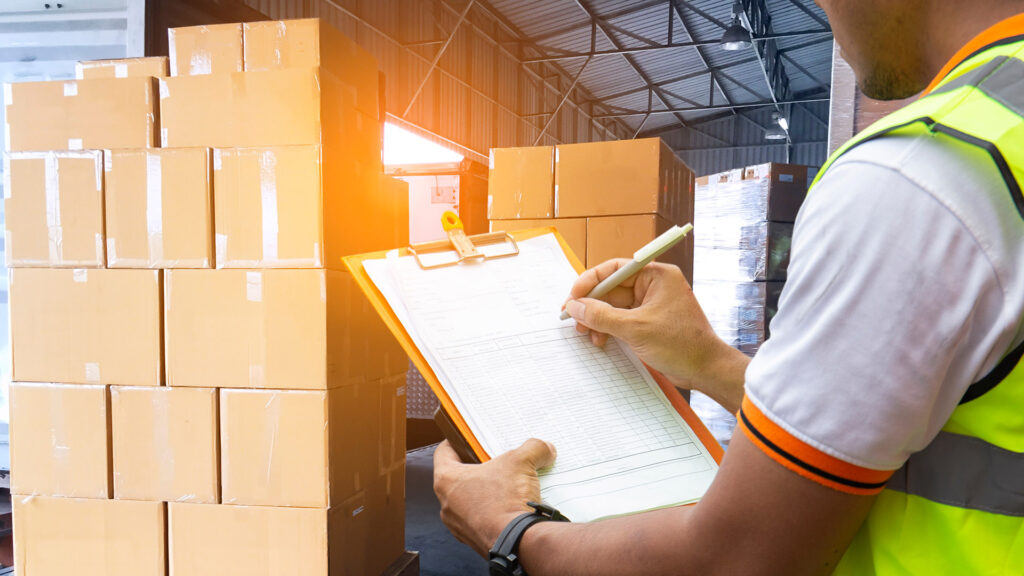China sourcing can seem like a very complex and daunting process. I know when I first started off it seemed confusing, it was hard to find the right information. And it was even harder to find a company that could walk me through the process step by step. That’s why I created this simple guide on how to China source your product. In this ebook, you will learn.

Section: Step 1.Identify Your Product.
This is by far the most important step in the China sourcing process. You need to know what you’re going to source. So that you can figure out how much it will cost and how difficult it will be to manufacture your product. If you’re starting off with an idea for a new product. Do some research on Alibaba or Google before moving on to the next step.
You’re going to need to know what materials are used. How the product is made, and what it should look like when finished. If you’re looking for a specific type of product (like shoes or bags), search Alibaba using keywords that describe your desired item. This will help you find a supplier who has experience in making those types of products.
There are several things to look for when you’re evaluating a supplier.
First, you want to make sure the supplier has a good reputation on Alibaba. You can do this by reading reviews or contacting other customers who have purchased products from them.
Second, you should check their manufacturing capabilities and past experience in making similar products. This will help you understand if they have the ability to produce your product. And how quickly they can deliver products once they place an order.
The most important is whether or not the product is of high quality. You can do this by asking for samples from several different suppliers. Comparing them side by side and checking for flaws.
Section: Step 2. Looking for sourcing agents.
After you’ve found a supplier that makes the type of product you want, it’s time to find a sourcing agent. This is someone who can help you find manufacturers in China and negotiate prices and terms with them. You should look for an agent who has experience in manufacturing similar products. Speaks English fluently and has good references from other clients.
Sourcing agents will often charge you a percentage of the value of your order. It’s worth it to pay this fee because it saves you a lot of time and effort.
Sourcing agents are also useful. Because they can help you find manufacturers that have the capacity and expertise to make your product. If you try to do this yourself, it is easy to accidentally choose a manufacturer that is not suitable for your needs. Or a manufacturer who cannot quickly produce a large number of products.
If you’re not sure if you need a sourcing agent, consider these questions:
-Are you doing business in China for the first time?
-Do you have little or no experience doing business with Chinese manufacturers?
-Do you know what to look for in suppliers?
-Do you know how to evaluate offers from suppliers?
-Do you know what to ask for in a contract with a supplier?
-Do you want to make sure that your product is made according to your specifications and delivered on time?


Section: Step 3. Verify Your Supplier.
Verify your supplier’s identity, location and product quality. If you’re not familiar with the supplier’s background or don’t know who else has done business with them, ask for references. You can also check the Better Business Bureau to see if there have been any complaints against the company.
If you have a sourcing agent, you can also learn about the supplier’s background through the sourcing agent. Or let the sourcing agent help you find reliable suppliers.
Once you’ve verified the supplier’s identity and location, visit their factory in person. If you can’t visit the factory, ask for photos or videos of the facility to see if it’s clean and well-organized. You should also check that your supplier is complying with local labor laws and any environmental regulations regarding waste disposal.
Section: Step 4. Identify the Freight Route and Mode of Transport.
Identify the route and mode of transport that you want to use. You can choose from air freight, ocean freight or land transport. For example, if your supplier is located in China and you’re planning to sell your products to U.S. customers. Then you’ll probably want to send them by ocean freight container.
This is because ocean freight is more cost-effective than air freight and it’s faster than land transport. If your supplier is in Europe. Then you might want to consider using land transport because it’s cheaper than air or ocean freight.
Identify the Best Shipping Company. Once you’ve identified the route and mode of transport that you want to use, find a suitable shipping company. You can do this by searching online or asking other business owners for recommendations.
Takeaway: The best way to find a suitable shipping company is to search online. You can also ask other business owners for advice on which shipping companies have provided them with good services in the past.

Section: Step 5. Create a Shipping Strategy.
Once you’ve decided on the best route and mode of transport for your goods. You need to create a strategy for how your shipping process will work. You may want to hire someone to do this or you may prefer to do it yourself. If you decide not to hire someone, consider using spreadsheets or similar software programs. So that all your information can be organized in one place. Shipping costs can vary widely depending on what mode of transport is used and where the goods are going.
For example, sea freight may be the most cost-effective option for transporting large quantities of goods to Asia. But it’s not always the fastest. Air freight can be faster but also more expensive than other modes of transport. In addition to cost, you should also consider how long it takes for the goods to reach their destination through each mode of transportation.
Takeaway: If you are shipping a large amount of goods, you may want to consider using an international freight forwarder. These companies specialize in the transportation of goods. It can help you find the best shipping cost and time.
Section: Step 6. Inspect Your Goods Before They Ship.
It is important to inspect your goods before they ship. This will ensure that nothing has been damaged during the packaging process and that all items are accounted for. If you do not have the time or resources to physically inspect each package. Please inquire if your freight forwarder provides this service.
This is especially important if you are shipping high-value items. If your goods need to be insured, be sure they are properly labeled. The label will also help speed up the customs process when your cargo arrives at its destination.
If you have items that require special care, be sure to communicate this with your freight forwarder. For example, if you are shipping pharmaceuticals or medical supplies. They may need to be packaged in a certain way so that they do not become damaged during transport.

Section: Step 7. Prepare Your Documentation.
You should also prepare your documents. If your freight forwarder is handling the customs clearance for you. They will need to provide them with all of the required documentation. Some items may require special forms or certificates to be issued before they can be shipped out of their country. The best way to ensure that everything runs smoothly is by providing these documents in advance.
The documentation may include:
-An invoice, which is a record of the price you paid for your product. It is important to have an invoice. Because it can show customs officials what taxes and duties are due on your shipment.
-A commercial invoice, which is the official document that includes the description of your product and its value. It will also include taxes and duties if they apply to your shipment.
-A packing list, which identifies all items included in the shipment. If there are any items that you have not paid for. Or the item may be lost upon arrival at the destination, which may be very important.
-A certificate of origin, which states that the goods shipped were made or grown in your country. This can be used to lower tariffs if your product is being exported to another country.
-Customs documents, which are required by some countries before they will allow imports.